ENGL 2211: English Literature of the Eighteenth and Nineteenth Centuries
Continuing from ENGL 2111: English Literature from Chaucer to Milton, this course examines some of the key writings of major authors in English literature from the eighteenth and nineteenth centuries. The reading list is drawn from a list that includes Pope, Blake, Coleridge, Wordsworth, Keats, Emily Bronte, Arnold, Tennyson and Browning. Attention is also given to the political, philosophical, social, and religious atmospheres of what we now call the Neo-Classical, the Romantic, and the Victorian periods of English literature.
Learning outcomes
- Read closely and understand English literature from Dryden's humorous couplets in "Mac Flecknoe" to Arnold's distressing stanzas of "Dover Beach."
- Recognize and understand figurative language, such as metaphors and symbols, and literary techniques, like irony, satire, rhyme, and allusion.
- Demonstrate knowledge of the style, structure, and content of the assigned literary texts, from The Restoration to The Victorian Age.
- Identify the unique qualities of the authors studied, and compare and contrast them.
- Situate the assigned literary texts in their historical contexts and recognize the impact of major events and transitions.
- Develop a well-written argument about one or more literary texts or authors, and accurately cite literary and other sources.
Course topics
- Unit 1: English Literature of the Restoration and the Eighteenth Century—The Writing of Dryden, Swift, Pope, Montagu, and Burney
- Unit 2: English Literature of the Romantic Period—The Poetry of Barbauld, Smith, Blake, Wordsworth, Coleridge, and Keats
- Unit 3: Jane Austen’s Northanger Abbey in Its Social and Literary Context
- Unit 4: English Literature of the Victorian Period—The Poetry of Barrett Browning, Tennyson, Browning, and Arnold
Required text and materials
Students will need to source the following on their own:
- Greenblatt, Stephen, et al. The Norton Anthology of English Literature: Major Authors Edition. Volume 1, (10th ed.), New York and London: W. W. Norton, 2019.
Type: Textbook. ISBN: 9780393603088
- Greenblatt, Stephen et al. The Norton Anthology of English Literature: Major Authors Edition. Volume 2, (10th ed.), New York and London: W. W. Norton, 2019.
Type: Textbook. ISBN: 978-0-393-60309-5
- Jane Austen. Northanger Abbey. W. W. Norton, 2004.
Type: Textbook. ISBN: 978-0-393-97850-6
Students require the e-textbook, which can be purchased directly from the link at: https://tru-store.vitalsource.com/products/a-short-guide-to-writing-about-literature-sylvan-barnet-william-e-cain-v9780133887426?term=9780133887426
- Barnet, Sylvan and William E. Cain. A Short Guide to Writing About Literature. (12th ed.). 2012.
Type: E-Textbook. ISBN: 9780133887426
Additional requirements
Print students will require internet access.
Assessments
Please be aware that should your course have a final exam, you are responsible for the fee to the online proctoring service, ProctorU, or to the in-person approved Testing Centre. Please contact exams@tru.ca with any questions about this.
To successfully complete this course, students must achieve a passing grade of 50% or higher on the overall course, and 50% or higher on the final mandatory exam.
| Assignment 1 | 15% |
| Assignment 2 | 15% |
| Assignment 3 | 15% |
| Assignment 4 | 15% |
| Mandatory Final Exam | 40% |
| Total | 100% |
Open Learning Faculty Member Information
An Open Learning Faculty Member is available to assist students. Students will receive the necessary contact information at the start of the course.
